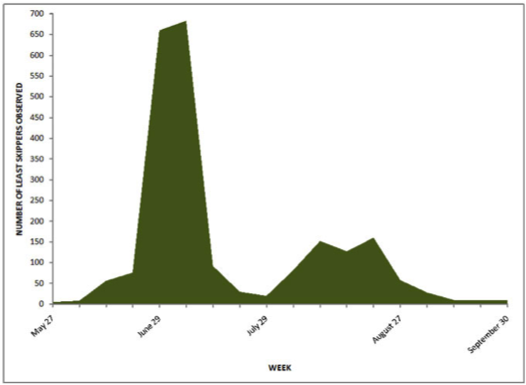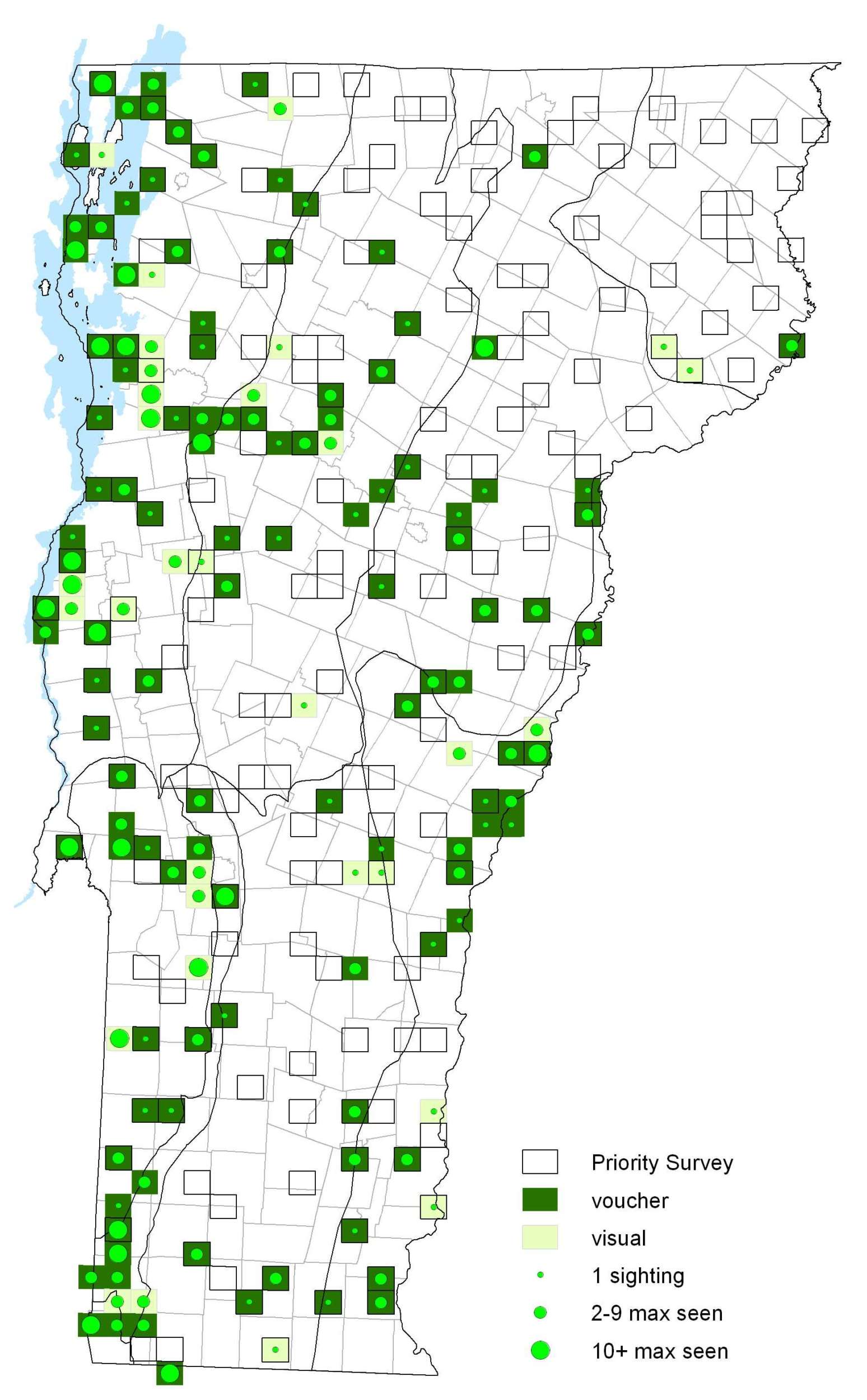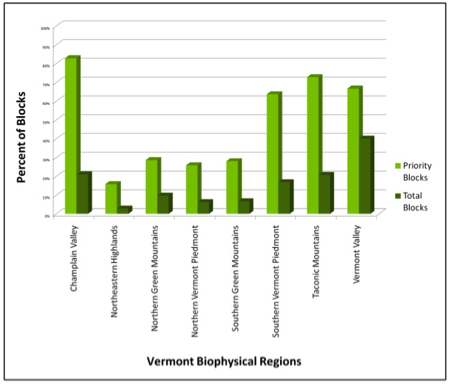|
Resident Conservation Status North American Range |
Smaller than the majority of skippers and truly dwarfed by most butterflies in Vermont, this delicate butterfly’s size should not be cause to overlook the Least Skipper. Though sometimes mistaken for the European Skipper, a close look at its size and broad, dark, dorsal forewing band should clear up any confusion. Unlike most grass skippers, the male of this species will usually patrol for mates with a low, wavy flight through tall grasses. Females will lay single eggs on the blades of their host grasses and the caterpillars feed on and rest in rolled or tied leaves.
Identification
A very small butterfly. Antennae are short. Upperside of forewing is orange with a wide, diffuse black border at the outer margin; hindwing is yellow-orange with a wide black margin. Underside of forewing is black with orange borders at the tip and leading edge; hindwing is yellow-orange.
Flight
During VBS it had a long flight period with two to four broods (probably no more than two this far north). Extreme dates: 27 May 2004 in Grand Isle (D. Hoag), 30 September 2006 in Waterbury (M. Ferguson) and 15 October 1996 in Burlington (K.M. Amcek).
Distribution and Habitat
Both historic and VBS records are from across the state. Caterpillars feed on leaves of Birch (Betula), Aspen (Populus), and Black Cherry (Prunus serotina).







